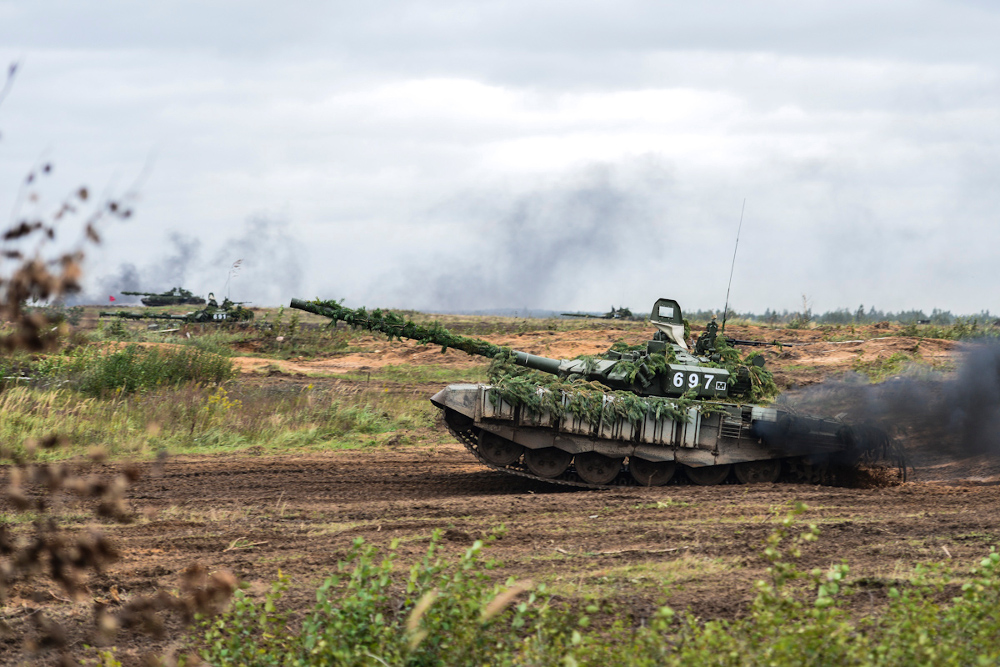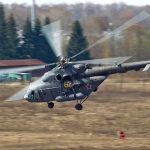RUSSIA MONITOR
Date: 26 August 2017
Unclear maneuvers
The Zapad 2017 joint military exercise of Russia and Belarus may play a key role in Moscow’s preparations for a possible war with NATO. On one hand, the maneuvers test whether Russians are able to put up “smoke screen” (in order to hide actual purposes and scope of the exercise) and, on the other, they constitute an opportunity to strengthen the western flank of the Russian army.

During his recent visit to Poland, the NATO Secretary General called on Russia to fulfill its international commitments and to provide full transparency of the Zapad military drills scheduled for September 14 to 20. According to the OSCE principles, also referred as the Vienna Document, any state carrying out military exercise involving more than 13,000 soldiers, is expected to prevent other countries as well as to be ready for an inspection. However, the Belarusian authorities have claimed that 12,700 troops (which is just below the limit) would take part in the Zapad 2017 drills while Moscow has informed that it would send no more than 3,000 of its soldiers to Belarus. But their number will be much higher. According to Lithuania’s defence minister Raimundas Karoblis, there may be even 100,000 Russian soldiers. Nevertheless, Moscow learned how to circumvent the Vienna Document many years ago. Even now, officially, Zapad 2017 will not only comprise exercise involving less than 13,000 soldiers but a number of other drills will take place; formally, they are expected to be independent one from another but in fact, all of them will constitute a whole. In Kaliningrad oblast, reservists were summoned on a mass scale.
Foreign observers have been invited only to the Belarusian part of the maneuvers. Belarus Ministry of Defence has invited observers from seven countries: Ukraine, Poland, Lithuania, Latvia, Estonia, Sweden and Norway. The problem is that they will have very limited access to the exercise. Such an issue is a matter of concern in Europe and it cannot be ignored. History has shown that any Russian aggression had been preceded with some exercise whose aim was to cover troops’ movements towards their potential target. Such a situation occurred in 2008 after Caucasus 2008 military drills when the troops had not returned to their bases but instead, had been used to attack Georgia. Also the Ukrainian crisis began with an “unexpected military test” announced by Putin on 26 February 2014. As its result, about 40,000 soldiers appeared on the Ukrainian border. This time, there will be no war. However, Russians may want to keep their heavy infantries in Belarus in case they would reach Kaliningrad in the event of a potential war with NATO.
All texts published by the Warsaw Institute Foundation may be disseminated on the condition that their origin is credited. Images may not be used without permission.










